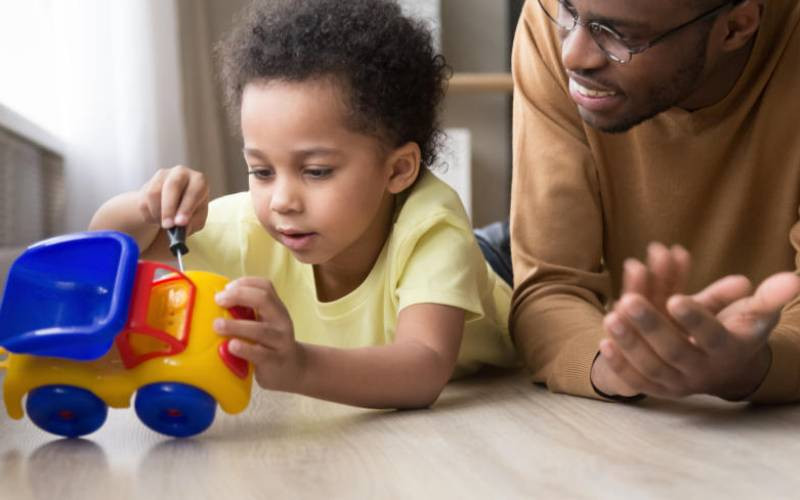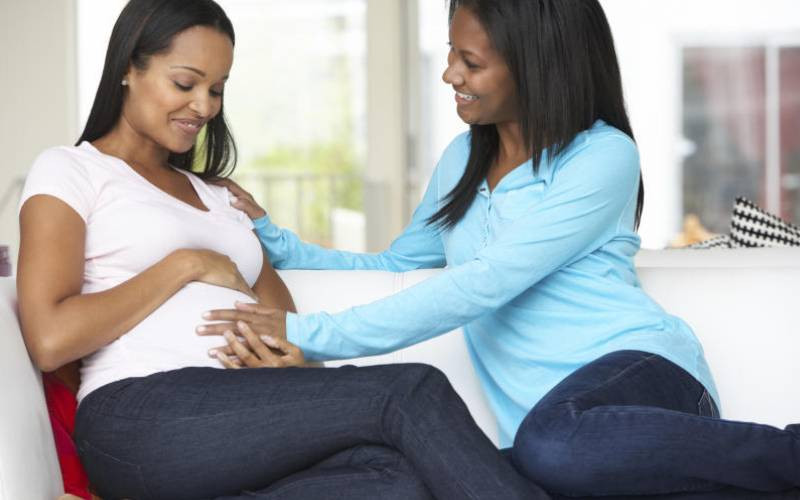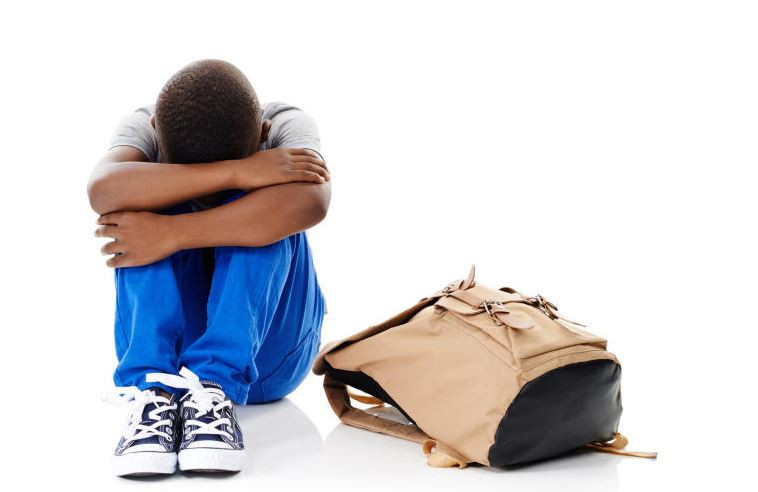
Back pain is a common side-effect of pregnancy, labor and life with your newborn. Many mums are all too familiar with back pain to some degree - and if you’re pregnant you have a 50 per cent chance of being affected.
Good news is that there are a number of simple steps you can take to protect our back and ease aches and pains.
During pregnancy
Backache can range from mild discomfort to extreme pain, and is caused by the weight of your growing baby, especially in the later stages of pregnancy. The hormone relaxin, which works to soften the ligaments supporting the joints in your back and pelvis also makes your body more supple for pregnancy and birth.
What you can do
Having warm baths and doing some gentle exercise can soothe the pain and help you relax, as can complementary therapies, but don’t take or use products containing ibuprofen during pregnancy.
During labour
The stress and strain of giving birth can cause backache, especially if your baby is in the Ocipito-posterior-OP position which is head down, but facing towards your pelvis, spine-to-spine with you. You’re also vulnerable if your legs are in stirrups during labour, and there is still controversy about whether epidurals cause back pain.
After baby comes
The strain of giving birth, and the fact that telaxin stays in your system for a couple of months afterwards, leaves you vulnerable to back pain the early days of motherhood. In fact, it can take up to five months for your ligaments to regain their strength. Key areas to watch out for in the first few months are breastfeeding and lifting. Gentle exercise is important, too, especially to strengthen the abdominal muscles which help support the back.
Relaxation is also a great help, even if it seems unattainable in the early days after the birth. Accept all offers of help to avoid undue stress, and try to put our feet up and unwind while your baby sleeps.
Ways to protect your back
1. When lifting anything, or your newborn, bend from your knees and keep your back straight. Avoid heavy lifting during pregnancy.
2. Distribute shopping roads equally between both arms.
3. Choose a cot and highchair with height settings you can adjust to minimize bending.
4. Try to do as much of the housework as you can sitting down, for instance, ironing and preparing vegetables.
5. Wear low-heeled shoes to keep your pelvis and back aligned.
6. Make a conscious effort to sit as straight as possible, a small bolster cushion or rolled up towel tucked in at the small of your back will help. Sitting cross-legged on the floor will also stretch and straighten your spine.
7. When you’re breastfeeding make sure you sit on a low, straight-backed chair, keep your feet flat on the floor, and support your baby on a pillow on your lap, rather than taking the weight on your arm.
8. Use pillows and cushions to help you get comfortable in bed, especially if you’re pregnant: your bump can pull on your lower back if unsupported.
9. Complementary therapies such as osteopathy and chiropractic may be helpful, although you need to check with your doctor before trying one and advise your practitioner that you’re pregnant.
 The Standard Group Plc is a multi-media organization with investments in media platforms spanning newspaper print
operations, television, radio broadcasting, digital and online services. The Standard Group is recognized as a
leading multi-media house in Kenya with a key influence in matters of national and international interest.
The Standard Group Plc is a multi-media organization with investments in media platforms spanning newspaper print
operations, television, radio broadcasting, digital and online services. The Standard Group is recognized as a
leading multi-media house in Kenya with a key influence in matters of national and international interest.










